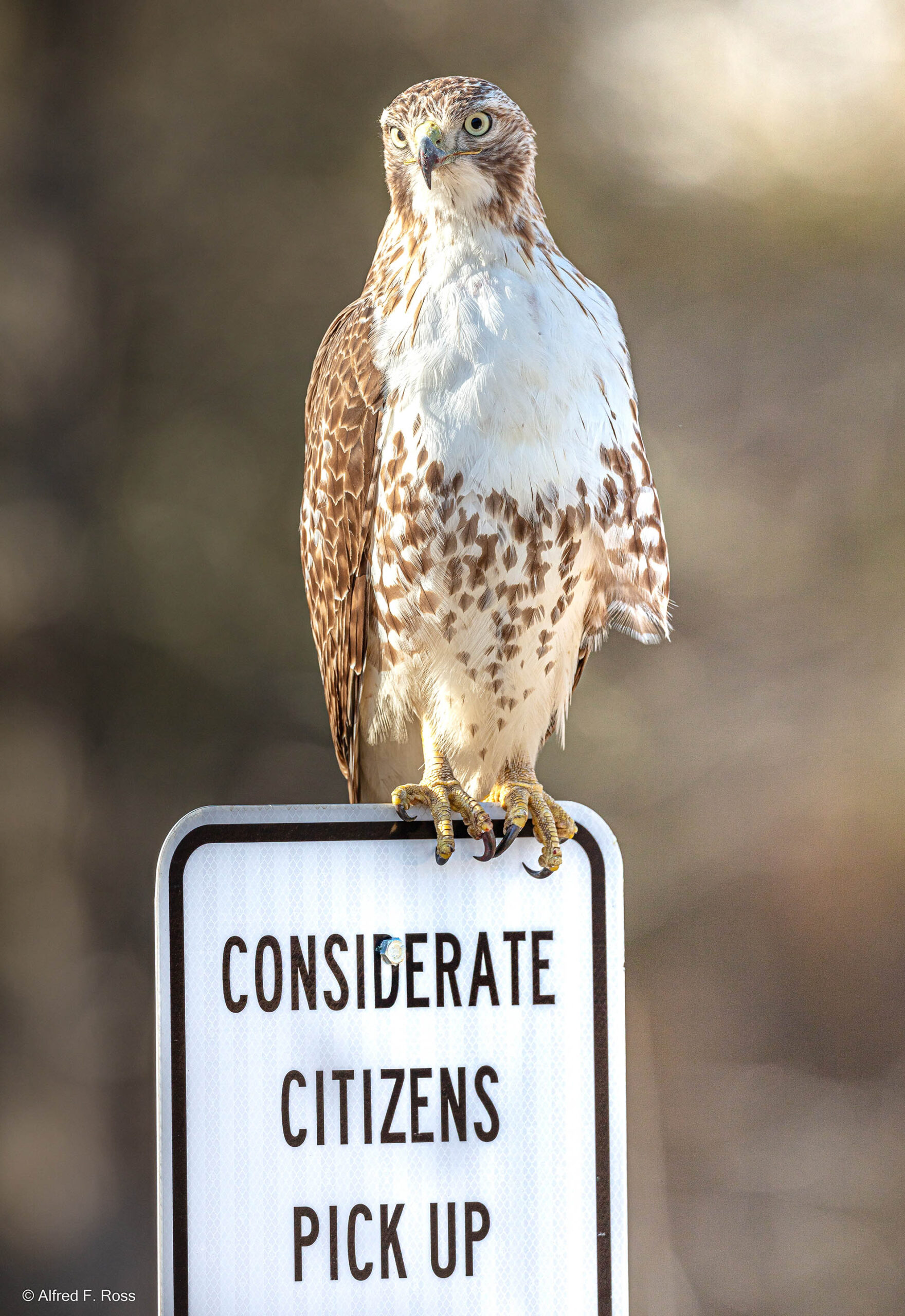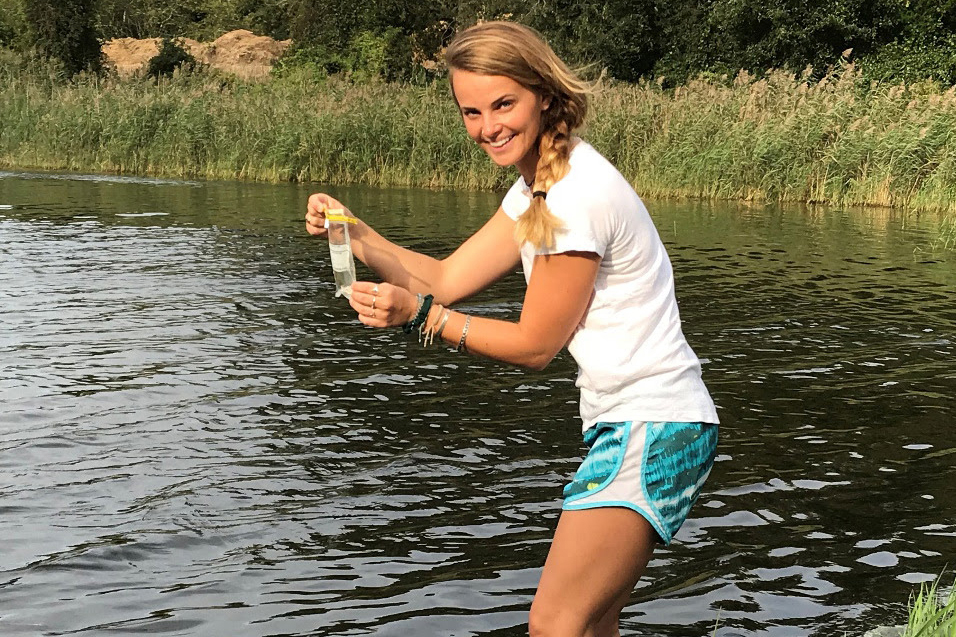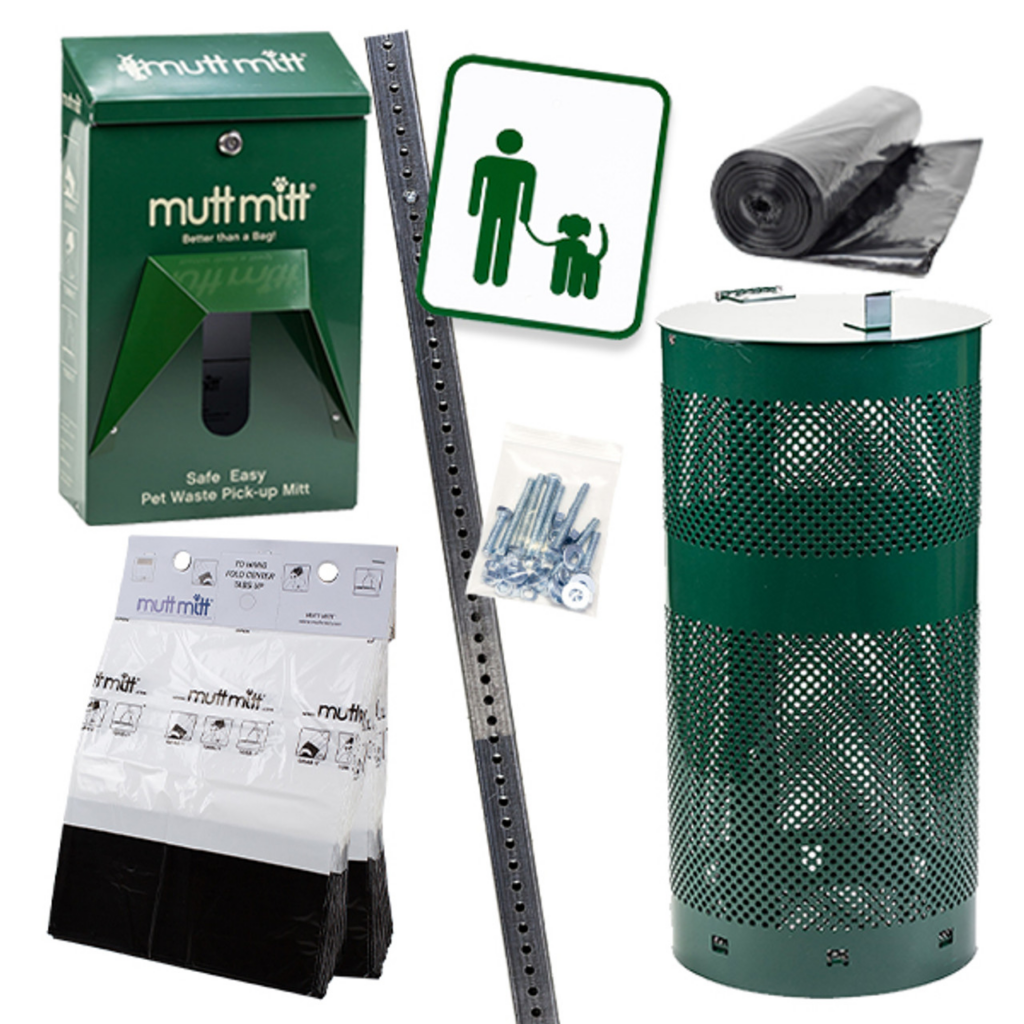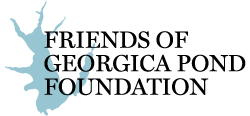Pet Waste and Water Quality

What does picking up pet waste have to do with Georgica Pond? It turns out, plenty. Pet waste can get carried by stormwater if it is left on your lawn, the street, or trails. When it rains, pet waste washes into storm drains or creeks and directly into Georgica Pond. According to the United States Department of Agriculture, “Dog waste contains nitrogen and phosphorous, which deplete oxygen that fish and other water-based life need to survive, as well as encourage the growth of harmful algae. It is also considered a source of pathogens like fecal coliform, a disease causing bacteria.” In fact, “It has been estimated that a single gram of dog waste can contain 23 million fecal coliform bacteria”, according to the Chesapeake Bay Foundation. At Georgica Pond, the main concern about pet waste is the bacteria it contributes to the pond. Human waste (also high in bacteria) goes into traditional septic systems which are designed to remove bacteria (but not nitrogen) unlike the new I/A systems which remove both bacteria and nitrogen.
Bacteria in the Pond

Bacteria monitoring has been occurring at Georgica Pond for many years. The monitoring is done by a citizen science effort led by the Eastern Long Island Chapter of the Surfrider Foundation. At Georgica Pond, water sampling for bacteria takes place at the top of Georgica Cove (Cove Hollow Pipe), at the Rt. 27 Rest Stop and at the south end of the pond. The first two locations are such significant sources of pathogens that engineering plans are underway to remediate the stormwater inputs (more on this in another newsletter). Concerned by the amount of bacteria entering the pond, Friends of Georgica Pond sponsored the Gobler Lab to conduct an in depth study of the stormwater entering the pond and identify the sources of the bacteria using new technology known as microbial source tracking. The Gobler Lab study sampled Talmage Creek, Georgica Cove, Seabury Creek, Jones Creek, and the south end of the pond and found that bacteria originating from pets and small mammals was the most common at both Georgica Cove and the Rt. 27 Rest Stop. Human, ungulate (deer) and avian fecal coliform bacteria were also detected. This study confirmed that pet waste is contributing to poor water quality at the Pond.
What you can do

If you own a dog, it is very important that you “pick up the poop”! Whether you’re walking with your dog in your yard, the street or in the woods. Many people observe that pet waste will decompose and wonder why they should bother. We now know that it contributes to poor water quality at Georgica Pond and of course the other obvious benefits of not having unsightly pet waste to see or step in! It is tempting to just flick it into the woods, but that doesn’t remove the bacteria from the ecosystem.
There is some debate about the best way to dispose of pet waste after you have bagged it (use a compostable bag if possible). The EPA states that the most sustainable way to dispose of dog waste is to flush it down the toilet. But that recommendation is valid only for places where municipal sewage treatment is available. This is not the case in East Hampton and around Georgica Pond. Traditional or the I/A, low nitrogen septic systems are not designed to process pet waste. The only things that should be flushed down the toilet are human waste and toilet paper. Some people have even tried to flush bagged pet waste! Another approach is to make a separate compost pile for pet waste. This is tricky, potentially smelly, and should never be used on a vegetable garden. For now, pet waste should be bagged and taken with the trash to the landfill.
With 89.7 million pet dogs in the United States, just imagine how pristine and beautiful our beaches, ponds and trails could be if everyone were willing to Pick it Up!
